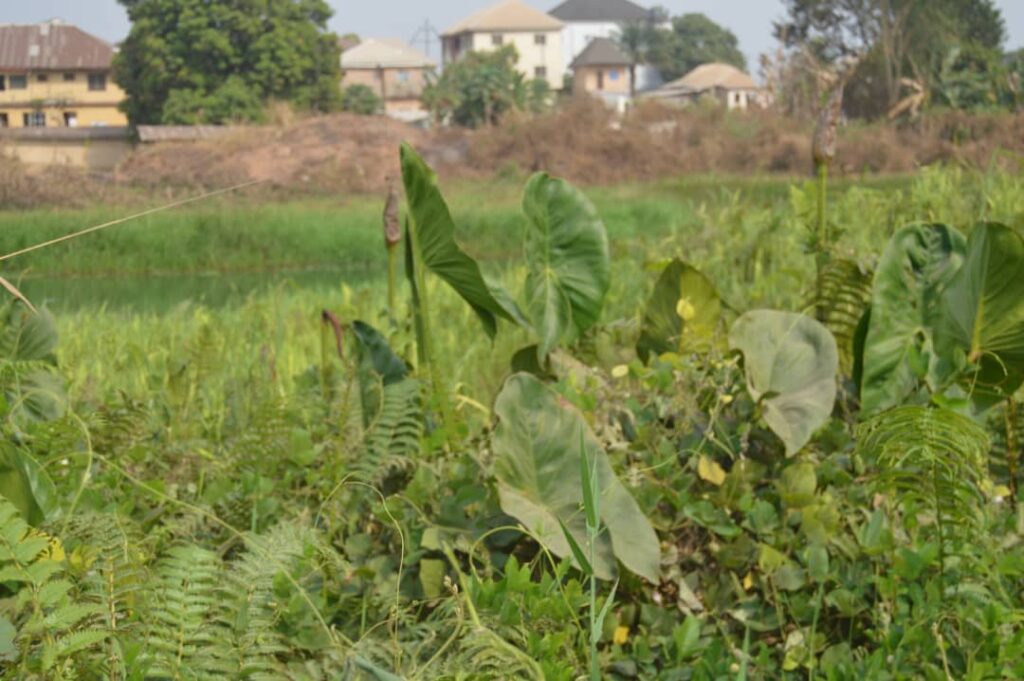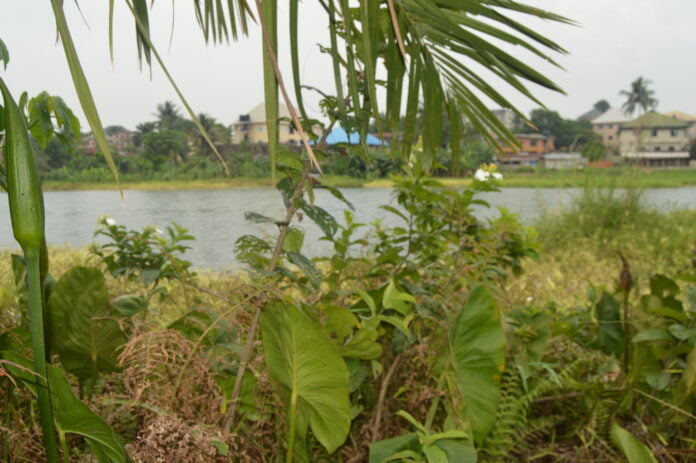
Montrichardia arborescens also known-as-a giant swamp taro is a tropical wetland plant native to Central and South America, the Caribbean, and parts of West Africa. It is a member of the Araceae family, known for its large leaves and adaptability to waterlogged environments. (Swamp lily).
A robust, woody herbaceous plant that can grow up to 9 meters tall.
Develops an erect stem or trunk with a tree-like appearance.
Large, arrow-shaped (sagittate) leaves that are glossy and dark green.
The leaves help the swamp lily maximize sunlight absorption in swampy environments.
In addition, the inflorescence is typical of the Araceae family, consisting of a spadix surrounded by a spathe.
Produces fleshy, elongated fruits containing seeds dispersed by water
Also used in some regions for its anti-inflammatory properties.
Also, montrichardia arborescens leaves and roots may have applications in treating skin infections and wounds.
How to consume giant swamp taro safely
However, swamp taro or montrichardia arborescens they are not a primary food crop due to the presence of calcium oxalate crystals, which require careful cooking.
According to individual accounts, the plant provides habitat and shelter for aquatic and terrestrial animals.
It also acts as a stabilizing agent for wetland ecosystems by preventing erosion.
Also, like many members of the Araceae family, parts of the plant contain calcium oxalate crystals, which can cause irritation if ingested raw. Proper preparation is essential for safe consumption.
Yes, Montrichardia arborhttps://en.m.wikipedia.org/wiki/montrichardiaescens or swamp taro is edible, but only after proper preparation. The plant contains calcium oxalate crystals, which can cause irritation, burning sensations, or swelling if consumed raw. These crystals are common in many members of the Araceae family. Proper cooking or processing can reduce or eliminate these toxins, making parts of the plant safe to eat.
EDIBLE PARTS:
- Tubers/Roots:
The starchy tubers are the primary edible part.
They must be thoroughly cooked (e.g., boiling or roasting) to break down the calcium oxalate crystals.
- Young Shoots:
Tender young shoots are vegetables. Make sure you cook thoroughly before eating.
Caution:
Do not consume raw parts of the montrichardia arborescens. The calcium oxalate crystals can cause severe irritation to the mouth, throat, and digestive tract.
Ensure the plant is properly identified before use, as other Araceae species may look similar but are not edible.
It is also used as a survival food or traditional ingredient. However, it is not a common staple due to the effort required to make it safe to eat.
Montrichardia arborescens has traditional medicinal uses, though its applications are less well-documented compared to other plants. Its potential medicinal properties are linked to the bioactive compounds found in the plant, particularly in its leaves, roots, and stems. How to consume giant swamp taro safely
Traditional Medicinal Uses
- Wound Healing:
The leaves treats skin wounds, ulcers, and infections. Its antimicrobial properties helps prevent infections.
- Anti-inflammatory:
Montrichardia plant reduces inflammation and soothe irritated tissues.
- Pain Relief:
Certain parts of giant swamp taro have analgesic (pain-relieving) effects when applied to the skin or consumed after preparation.
- Digestive Aid:
Montrichardia addresses stomach issues, though this requires proper preparation to avoid irritation caushttps://okwyblogs.com/index.php/2024/07/01/ginger-benefits-culinary-uses-health/ed by calcium oxalate crystals.
Research suggests that the swamp lily contains:
Phenolic compounds: Known for their antioxidant properties, which can help reduce oxidative stress and support healing.
Alkaloids and flavonoids: Compounds with potential antimicrobial and anti-inflammatory effects.
Saponins: May contribute to its traditional use as a remedy for skin and digestive issues.
CONCLUSION
- In addition, Extracts have shown activity against certain bacteria and fungi, which supports its traditional use for treating infections.
- Antioxidant Properties: Compounds in the plant may help neutralize harmful free radicals in the body.
- Potential for Wound Care: In addition, its phytochemicals may accelerate wound healing by promoting tissue repair and reducing microbial contamination.



This website is educative. I encouraged my kids to always visit okwyblogs.com for their research work on plans and wildlife and this site has really helped them.